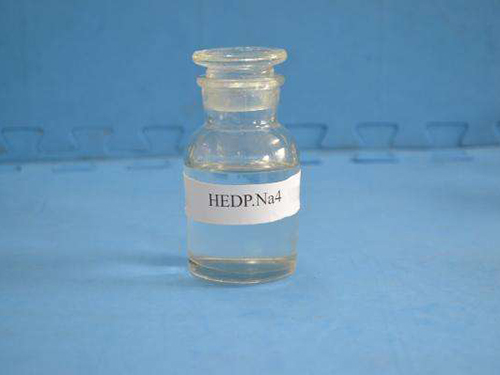poly aluminium chloride for drinking water
The Role of Poly Aluminium Chloride in Drinking Water Treatment
Poly Aluminium Chloride (PAC) is a widely used coagulant in the treatment of drinking water. Its effectiveness in purifying water and removing impurities has made it a crucial component in municipal water treatment facilities worldwide. This article aims to explore the benefits, mechanisms, and applications of PAC in drinking water treatment, as well as its impact on public health and the environment.
What is Poly Aluminium Chloride?
Poly Aluminium Chloride is a formulated coagulant, a derivative of aluminium chloride that contains a higher concentration of polymerized Aluminium. It typically appears as a white or yellowish powder and is highly soluble in water. PAC is produced through the hydrolysis of aluminium salts and is noted for its high charge density, which enables it to interact effectively with a range of contaminants in water.
Mechanism of Action
The primary mechanism by which PAC operates is through coagulation and flocculation. When introduced to contaminated water, PAC forms positively charged ions that neutralize the negatively charged particles, such as silt, organic matter, and colloids. This process encourages the agglomeration of these particles into larger clumps, or flocs, which can then be easily removed from the water through sedimentation or filtration.
This dual-action mechanism—coagulation followed by flocculation—ensures more efficient removal of impurities compared to traditional coagulants like aluminum sulfate. Additionally, PAC works effectively across a broad pH range, making it adaptable for various water sources.
Advantages of Using PAC
One of the significant advantages of PAC is its ability to operate effectively in small doses, resulting in lower residual aluminium levels in treated water. This aspect is crucial for public health, as elevated levels of aluminium can pose health risks, especially concerning neurotoxicity.
Moreover, PAC promotes better turbidity removal and enhances the overall aesthetic quality of drinking water by reducing color and odor. It is also less sensitive to variations in water quality, which allows water treatment plants to maintain consistent performance even during fluctuations in input water quality.
poly aluminium chloride for drinking water

Environmental Impact
The use of PAC not only benefits human health but also aligns with environmental sustainability efforts. Its high efficiency reduces the quantity of chemical coagulants needed, thereby minimizing chemical waste. Additionally, since PAC generates less sludge compared to traditional alum-based coagulants, it results in lower disposal costs and environmental burden associated with sludge management.
Application in Water Treatment
In municipal water treatment, PAC is employed in several processes, including pre-treatment and post-treatment of water, depending on the specific contaminants present. It is commonly used in systems designed for both surface and groundwater supplies.
Furthermore, PAC is gaining traction in industrial applications, including textile manufacturing, paper production, and food processing, where high-quality water is essential. Its versatility makes it a preferred choice across various sectors beyond just drinking water treatment.
Health Considerations
Regulatory bodies such as the Environmental Protection Agency (EPA) and the World Health Organization (WHO) have set guidelines regarding the acceptable limits of aluminium in drinking water. The use of PAC, which results in lower residual aluminium levels compared to other coagulants, helps municipalities comply with these safety standards.
Regular monitoring and adherence to treatment protocols ensure that the health risks associated with drinking water contaminants are minimized. As communities grow and water sources become increasingly challenged, the role of PAC in ensuring safe and clean drinking water becomes ever more critical.
Conclusion
In summary, Poly Aluminium Chloride stands out as an effective and efficient solution for drinking water treatment. Its unique properties enable the removal of impurities and contaminants that threaten public health while also supporting environmental sustainability. As the demand for clean water rises, further research and development surrounding PAC can lead to improved water treatment strategies and lasting benefits for communities and ecosystems alike. The continued use and optimization of PAC will be instrumental in the pursuit of providing safe drinking water for future generations.
-
lk-319-special-scale-and-corrosion-inhibitor-for-steel-plants-advanced-solutions-for-industrial-water-systemsNewsAug.22,2025
-
flocculant-water-treatment-essential-chemical-solutions-for-purification-processesNewsAug.22,2025
-
isothiazolinones-versatile-microbial-control-agents-for-industrial-and-consumer-applicationsNewsAug.22,2025
-
scale-inhibitor-key-solutions-for-water-system-scale-preventionNewsAug.22,2025
-
organophosphonates-versatile-scale-inhibitors-for-industrial-water-systemsNewsAug.22,2025
-
scale-and-corrosion-inhibitor-essential-chemical-solutions-for-water-system-maintenanceNewsAug.22,2025





